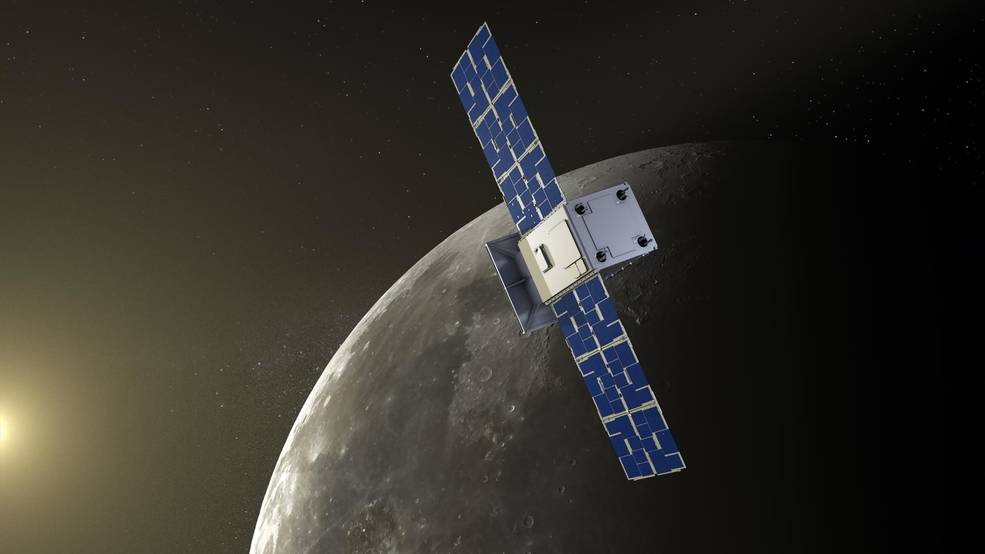Safety Tips for Safe Driving
The financial implication of road carnage is extremely huge. Consider this: In 2017, over $57 billion losses were incurred as a result of trucking accidents in America alone. On the other hand, insurance companies hike their insurance premium by over a third if a fleet company had one of their trucks involved in a fatal accident. If you combine the two facts and then factor in the money lost through medical bills and incapacitation of road accident victims, you immediately realize how crucial safe driving is. And considering that most car accidents are fatal, every driver needs to always be mindful of road safety.
Regrettably, over 57% of fleet companies have implemented the required driver safety programs. Private drivers are doing even worse in this regard. If you are like them, this article will help you appreciate the importance of safe driving and give you 6 important tips for driving safely. Please keep reading.
1. Only drive when 100% sober
3 out of every 10 auto accident fatalities reported across the US are precipitated by drunk driving. According to NHTSA, drivers impaired by alcohol put thousands of lives in danger when they decide to get behind the wheel. The safety authority cautions that a driver’s blood-alcohol levels do not matter much because even with minimal intoxication, there are quite a number of impairments that affect how fast a driver reacts to emergencies. Also, alcohol affects a driver’s coordination, so he/she engages the brakes and the accelerator in a reckless manner. What’s more, excessive alcohol can lead to you making extremely foolish choices.
2. Understand and respect the specified safe braking distance
Every car has its specified braking distance- the distance it decelerates before coming to a halt when its brakes are applied. The bigger and heavier the car is, the longer its braking distance is. A fully-loaded 18-wheeler on a speed of 50mph, for example, will need at least 400 meters to decelerate on dry pavement. A 4-wheel ordinary car will need less than half of that distance. It is important to understand the specified braking distance for the vehicle you are driving and always ensure that you keep that distance whenever trailing another car. If you are used to small cars, never drive large trucks at top speed until you get used to them.
3. Never take speed limits for granted
The speed limits you see posted along the road are scientifically and practically tested and approved. Stick to them at all times. Ignoring the limits puts pedestrians, other motorists, homes, and businesses in grave danger. And with the advancing technology in auto-manufacturing processes, you cannot completely rule out the chances of your car being hacked and, when driving at top speed, being redirected to stop abruptly. That can be fatal. Speaking of hackers, it is important that you buy a VPN to keep them at bay. These precautions will become more important in the near future when completely autonomous cars take over our roads.
4. Do not drive past your hours-of-service limit
Driving past your hours-of-service limit leads to driver fatigue and blurred vision. You are more likely to cause a road accident when fatigued than at any other time. Always respect the hours-of-service rules.
5. Maintain your car in the best possible condition
Before you hit the road, ensure that every part of your vehicle is in the best possible condition. The exterior lights, the braking system, the tires, and the engine should always be functional in order to guarantee your safety. A well-maintained automobile isn’t just safe but also have a better resell value and attracts more favorable insurance premiums. Note that the car warranty attached to your automobile will be jeopardized if you deliberately neglect the vehicle and cause it to crash.
6. Note the blind-spots
Make good use of your side mirrors at all times. If you have to change lanes, ensure that you do it with great care and awareness of the situation on the road at that moment. If you encounter a known blind spot, be very keen on how you steer the car.
In conclusion
Road carnage will significantly reduce when all cars become autonomous. Before then, it is the role of us human drivers to take care of our roads, ensure that pedestrians are safe, and watch out for each other.





